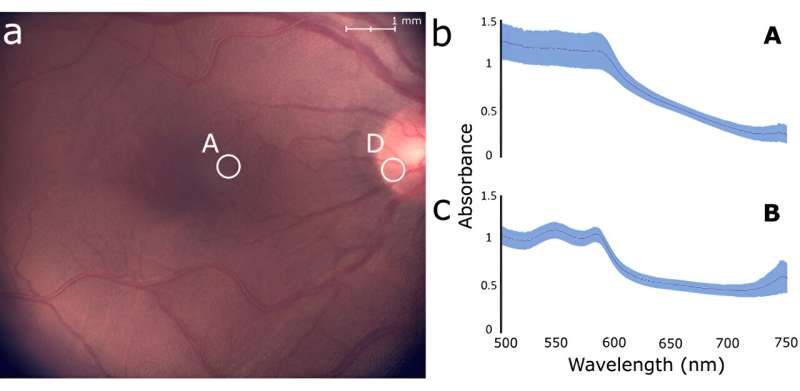Interestingly, changes in the eye fundus are not restricted to vision-related diseases only. Certain neurological diseases like Parkinson’s and Alzheimer’s can cause changes in retinal nerves and blood flow.
In general, eye care professionals rely on color imaging and computed tomography techniques to diagnose ocular diseases. However, over the past few decades, scientists have found that disease-related changes in the eye fundus also modify its profiles for spectral reflectance and emittance. In other words, the way in which light interacts with specific retinal structures at different frequencies can provide important diagnostic information to complement standard imaging methods.
As a result, spectral analysis tools and techniques for light reflected or emitted by the eye fundus have steadily gained traction. Unfortunately, even though many different methods have been proposed, they still suffer from important limitations.
One common issue is that most spectroscopy-based methods can only make measurements over a large region of the eye fundus, which hinders their ability to detect fine spectral changes in small retinal structures. On the other hand, techniques that can make localized spectral measurements require the fixation of the patient, which can be very tedious and uncomfortable.
To tackle these issues, a research team from Zilia Inc., Canada, led by Professor Dominic Sauvageau from University of Alberta, has developed a much more flexible system for targeted spectroscopy in the eye fundus. In their study, published in Journal of Biomedical Optics (JBO), they present the rationale behind their design and demonstrate its potential through a series of comprehensive experiments.

